Table of Contents
Introduction to Serrano Peppers
A serrano pepper is a medium-heat chili pepper native to the Sierra Madre mountains of Mexico. It is commonly used in Mexican cuisine for its bright, grassy flavor and moderate heat level (5,000–23,000 Scoville Heat Units). Unlike bell peppers, serranos deliver a clean, sharp heat that enhances dishes without overwhelming other flavors. They are typically harvested green but ripen to red, orange, or yellow, with flavor profiles that become sweeter and more complex as they mature.
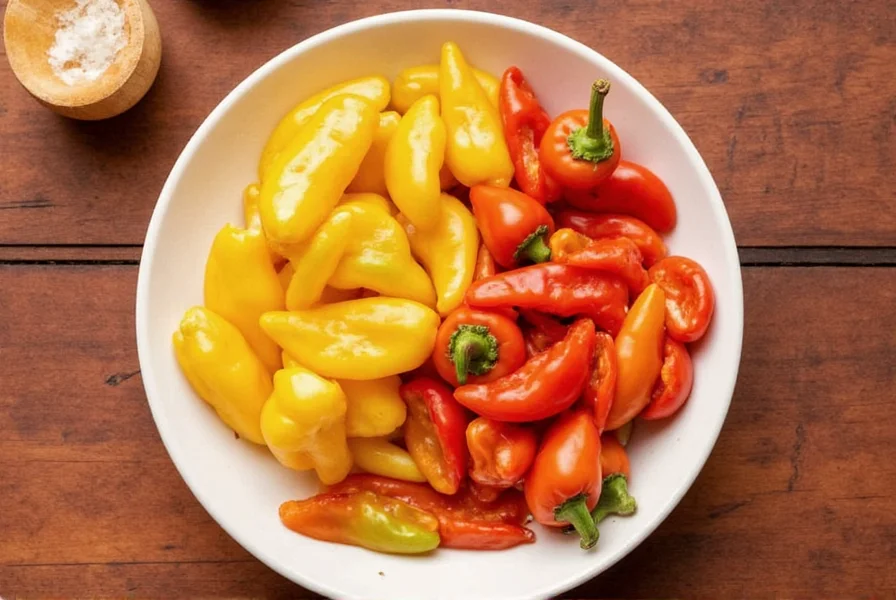
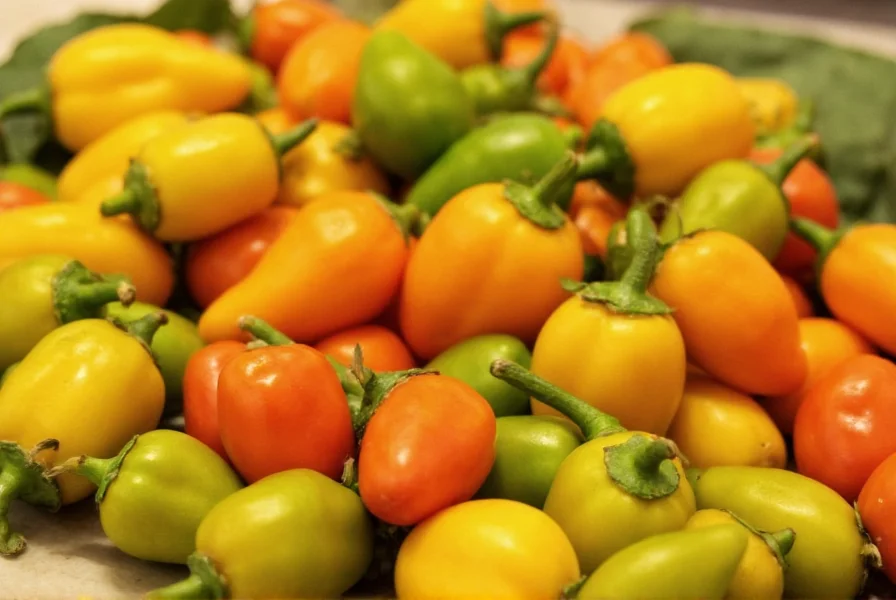
Understanding the Heat: How Hot Is Serrano?
Serrano peppers measure 5,000–23,000 SHU on the Scoville scale, placing them between jalapeños (2,500–8,000 SHU) and habaneros (100,000–350,000 SHU). This moderate heat level makes them ideal for adding spice without excessive intensity. Green serranos tend to be slightly milder than red ones, but individual heat can vary based on growing conditions. Always test a small piece before adding to dishes to control spice levels.
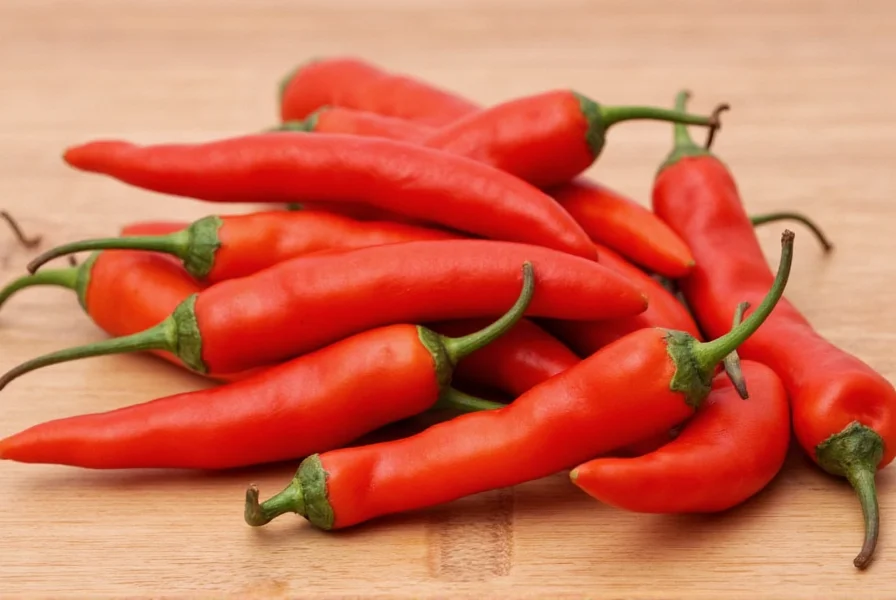
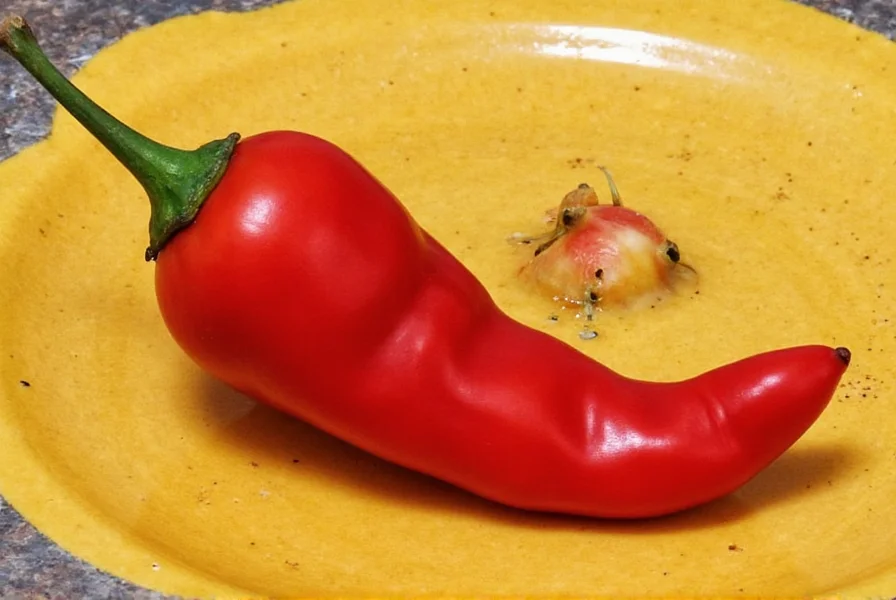
Culinary Uses and Flavor Profile
Serranos offer a distinct grassy, slightly sweet flavor with a crisp texture. They are perfect for fresh applications like salsa fresca, guacamole, and ceviche, where their bright heat complements other ingredients. Roasting enhances their natural sweetness and adds smoky depth for use in sauces, stews, and marinades. In Mexican cuisine, they’re essential in mole sauces, where their heat balances rich chocolate and spice notes.
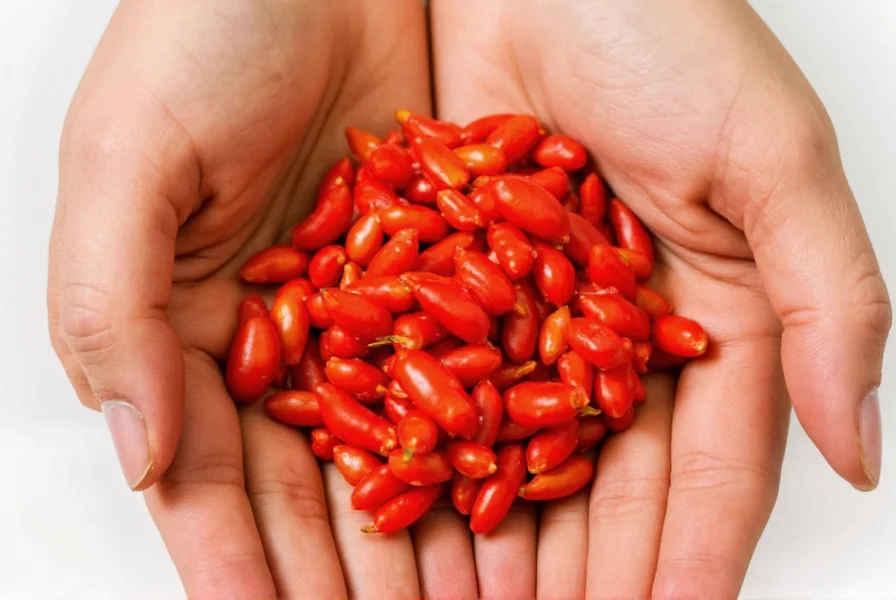
Serrano vs. Other Common Peppers: A Comparison Table
| Pepper | Heat Level (SHU) | Flavor Profile | Common Uses |
|---|---|---|---|
| Serrano | 5,000–23,000 | Grassy, sweet, peppery | Salsa, guacamole, hot sauce, roasting |
| Jalapeño | 2,500–8,000 | Mild, slightly sweet | Chili, stuffing, pickling |
| Habanero | 100,000–350,000 | Smoky, fruity, very hot | Hot sauces, salsas, marinades |
| Chipotle | 2,500–8,000 | Smoky, earthy | Stews, sauces, grilled dishes |
| Ghost Pepper | 850,000–1,040,000 | Extremely hot, sometimes fruity | Extreme hot sauces, challenge foods |
This comparison shows serranos provide balanced heat and flavor versatility, making them ideal for both beginners and experienced cooks seeking moderate spice.
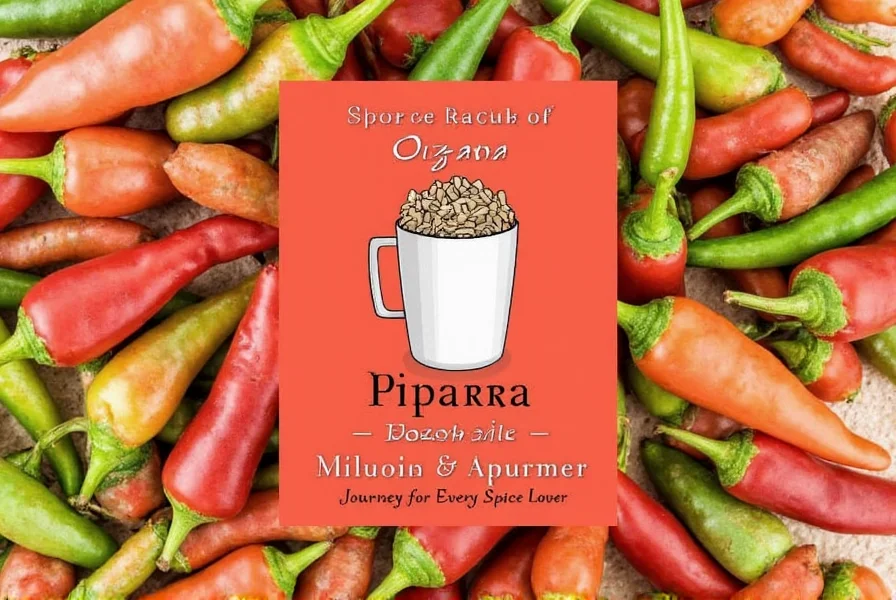
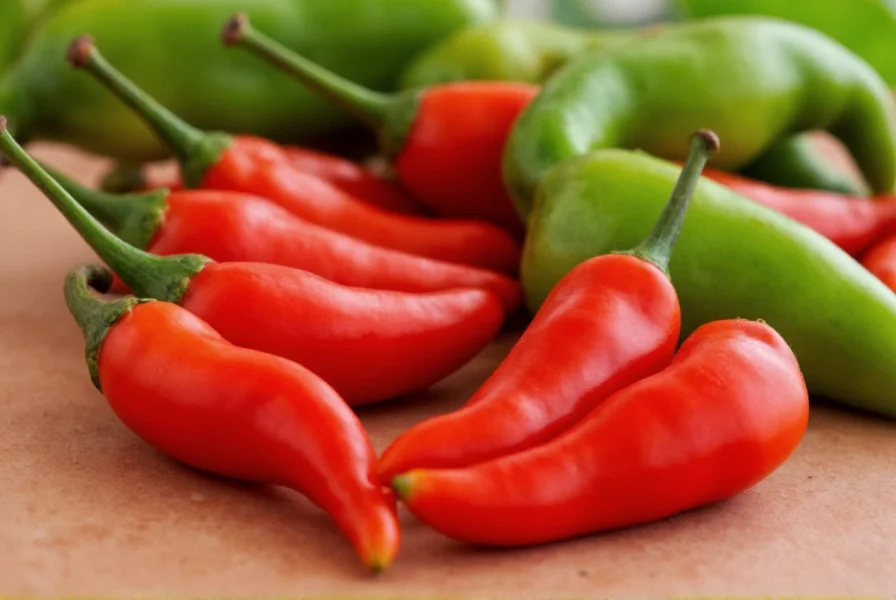
Buying Guide: How to Choose the Best Serrano Peppers
Key Selection Criteria
- Firmness: Choose peppers that are firm and glossy with no soft spots or wrinkles
- Color: Green for milder heat; red/yellow for sweeter, more complex flavor
- Size: 2–4 inches long with consistent thickness indicates mature, flavorful peppers
Storage Tips
- Refrigerate in a paper bag for up to 3 weeks
- Freeze whole for 6 months (thaw for cooked dishes)
- Pickle for long-term preservation while maintaining crunch
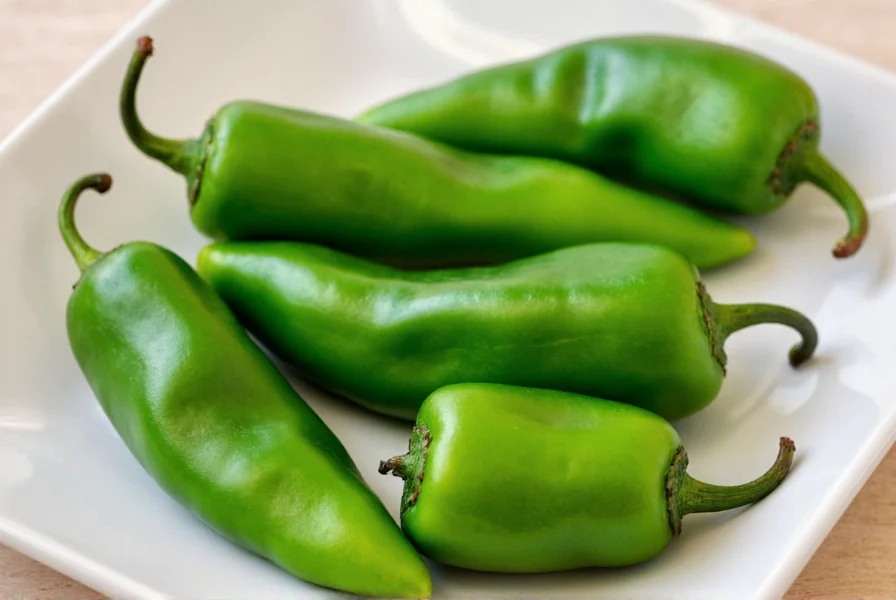
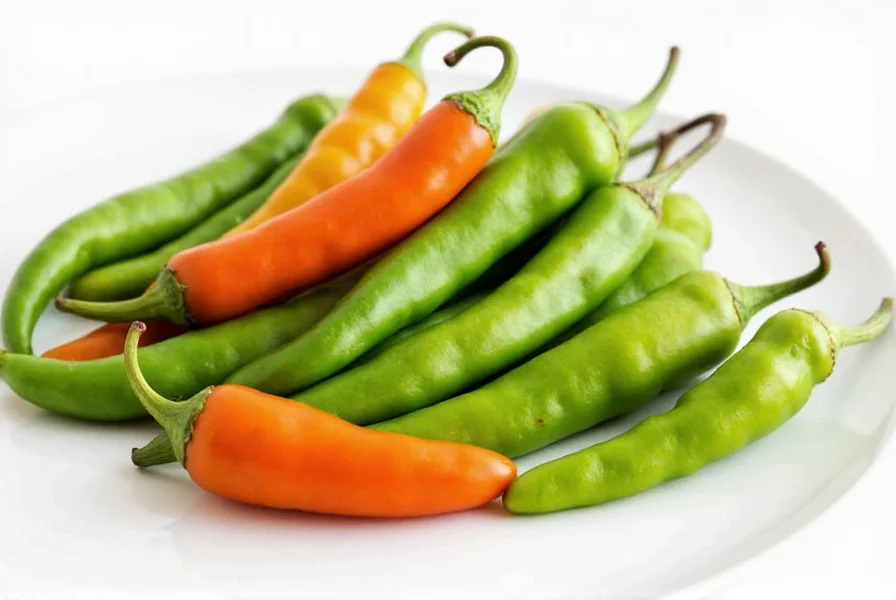
Practical Cooking Tips with Serrano Peppers
1. Safety First
Wear gloves when handling to avoid skin irritation. Use a sharp knife to prevent bruising, which releases more capsaicin.
2. Roasting Technique
Char over open flame or broil until blackened, then steam in a covered bowl for 10 minutes. Peel skin for smoother sauces or leave intact for texture.
3. Salsa Recipe Template
Combine 2 chopped serranos, 1 cup diced tomatoes, 1/4 cup red onion, 2 tbsp cilantro, 1 lime juice, and salt. Adjust serrano quantity based on desired heat level.
4. Pickling Method
Submerge whole serranos in vinegar brine (1:1 vinegar/water + 1 tbsp salt) for 2 weeks. Use as tangy garnish for tacos, sandwiches, or cocktails.
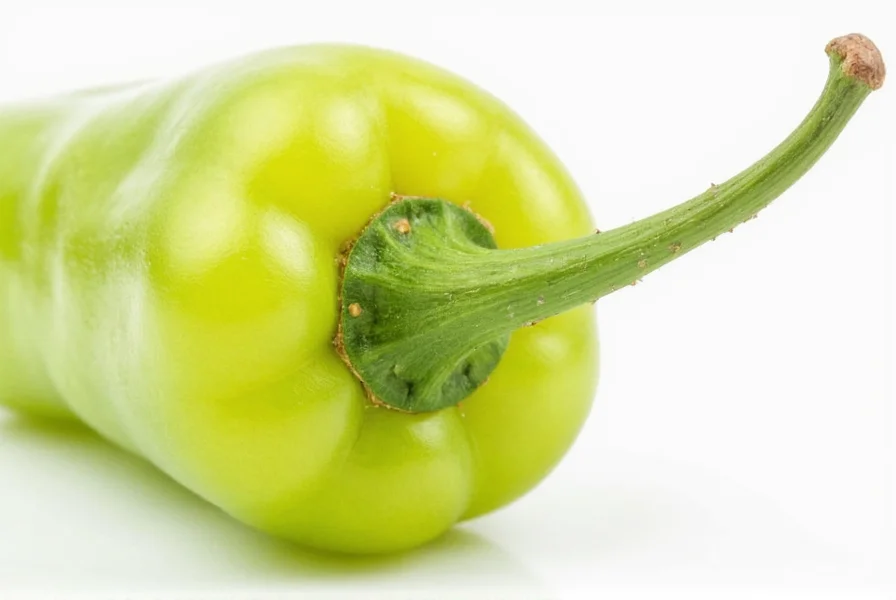
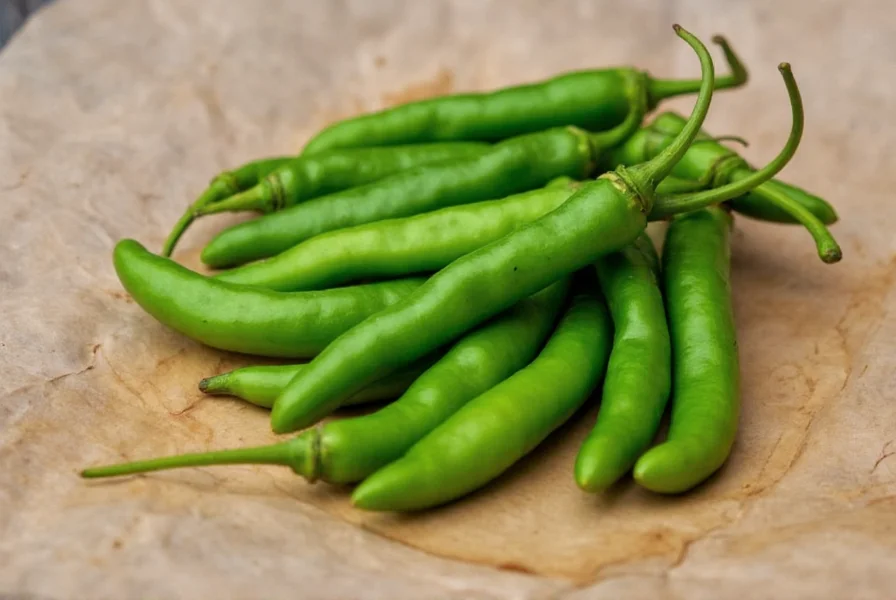
Frequently Asked Questions
What is a serrano pepper?
A serrano pepper is a medium-heat chili pepper originating from Mexico’s Sierra Madre mountains. It measures 5,000–23,000 Scoville Heat Units (SHU), has a bright grassy flavor with subtle sweetness, and is commonly used fresh in salsas or roasted in sauces. Unlike bell peppers, it delivers clean heat without overwhelming other ingredients.
How does serrano heat compare to jalapeño?
Serranos are typically 2–3 times hotter than jalapeños (5,000–23,000 SHU vs. 2,500–8,000 SHU). While jalapeños are milder and often used for stuffing, serranos provide more consistent heat for fresh applications like salsas where balanced spice is desired.
Can you eat serrano peppers raw?
Yes, serranos are commonly eaten raw in salsas, guacamole, and salads. Their crisp texture and bright heat work well uncooked. Start with half a pepper when using raw due to their higher heat level compared to jalapeños.
What do serrano peppers taste like?
Serranos have a fresh, grassy flavor with subtle sweetness and a clean peppery bite. Green varieties are more vegetal and crisp, while red-ripened versions develop fruitier notes. All maintain consistent heat that enhances rather than dominates dishes.
How should serrano peppers be stored?
Store fresh serranos in a paper bag in the refrigerator’s vegetable drawer for up to 3 weeks. For longer storage, freeze whole peppers (they’ll soften when thawed but retain flavor) or pickle them to preserve both heat and crunch for months.
What are the best culinary uses for serrano peppers?
Serranos excel in fresh applications like salsa fresca and guacamole, but also work well roasted in sauces, stuffed as appetizers, or pickled for sandwiches. Their balanced heat makes them versatile for both raw and cooked dishes, from Mexican mole to modern fusion recipes.
Conclusion
Serrano peppers are a versatile and flavorful chili pepper native to Mexico, offering balanced heat (5,000–23,000 SHU) and bright grassy notes. They’re ideal for both raw applications like salsas and cooked preparations like roasted sauces, making them a staple in kitchens worldwide. Start with small quantities when experimenting, and always handle with care due to their capsaicin content. With proper storage and preparation, serranos can elevate any dish with their distinctive, clean heat profile.
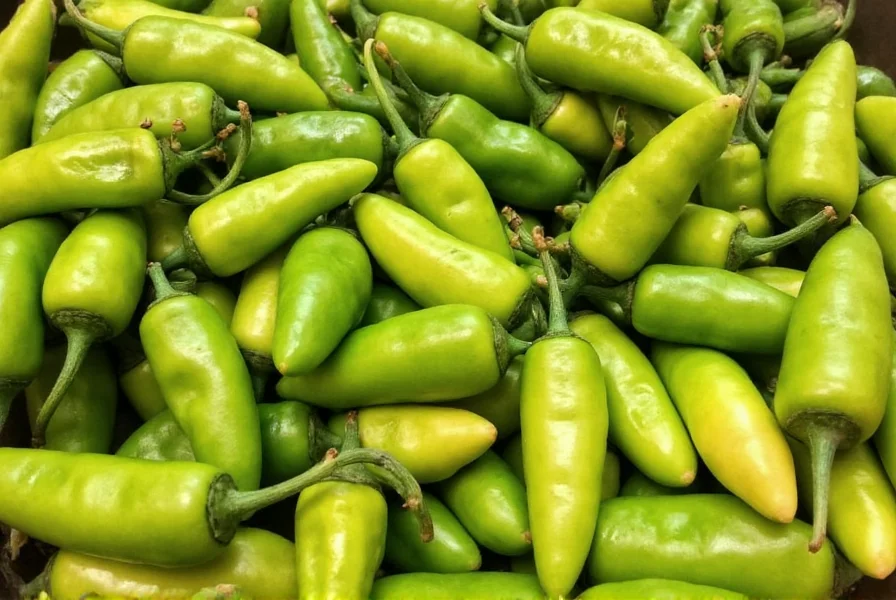
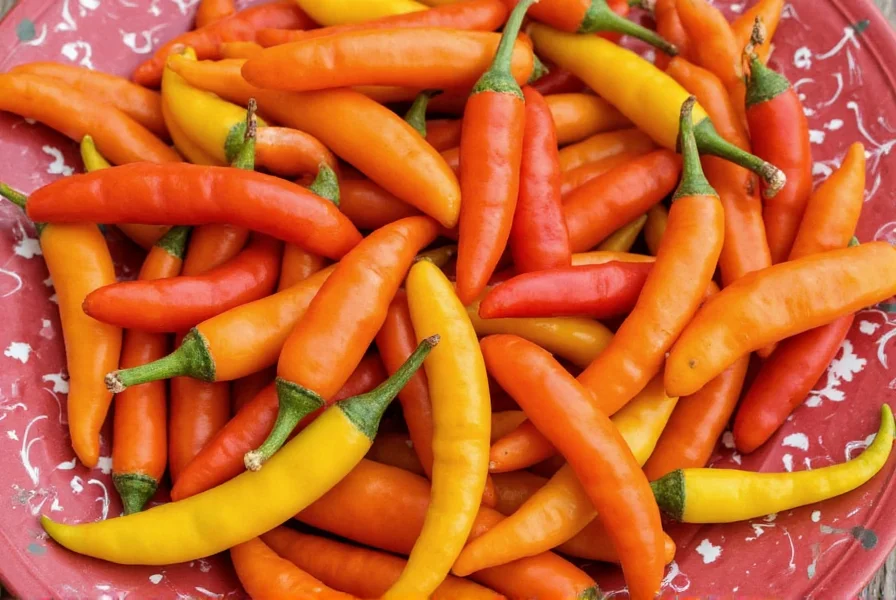











 浙公网安备
33010002000092号
浙公网安备
33010002000092号 浙B2-20120091-4
浙B2-20120091-4